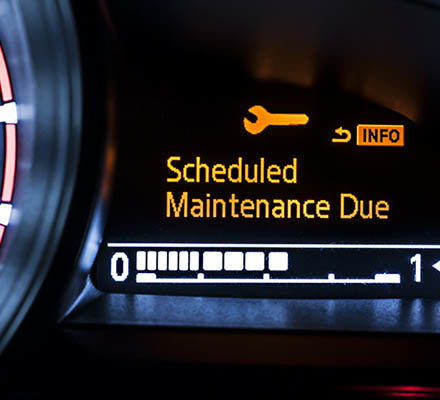Learning Zone
What is Fleet Maintenance?
Fleet maintenance is an essential aspect of managing a group of vehicles used for business purposes. From delivery trucks and company cars to specialized machinery, fleet maintenance encompasses a range of activities aimed at ensuring the optimal performance, safety, and longevity of these vehicles.
In this guide, we will delve into the fundamental concepts of fleet maintenance, its objectives, and its significance for businesses that rely on a fleet of vehicles.

Defining Fleet Maintenance
At its core, fleet maintenance refers to the systematic and proactive management of vehicles to keep them in optimal operating condition. It involves a series of scheduled tasks, inspections, and repairs that collectively aim to minimize downtime, reduce operating costs, and extend the useful life of each vehicle within the fleet. Fleet maintenance goes beyond mere repairs; it encompasses a strategic approach to vehicle management that emphasizes prevention, safety, and efficiency.
Key Objectives of Fleet Maintenance
1. Safety Assurance: One of the primary objectives of fleet maintenance is to ensure the safety of drivers, passengers, and other road users. Regular inspections and maintenance help identify and rectify potential safety hazards, such as worn-out tires, faulty brakes, or malfunctioning lights, reducing the risk of accidents and injuries.
2. Optimal Performance: Fleet maintenance strives to maintain vehicles in peak operating condition. Well-maintained vehicles experience fewer breakdowns and perform efficiently, contributing to the overall productivity of the fleet and minimizing disruptions to business operations.
3. Cost Containment: By addressing minor issues before they escalate into major problems, fleet maintenance helps control operating costs. Preventive maintenance and timely repairs can prevent expensive breakdowns, reduce the need for extensive repairs, and extend the lifespan of vehicles.
4. Regulatory Compliance: Many industries are subject to regulatory standards that vehicles must meet to operate legally. Fleet maintenance ensures that vehicles remain compliant with regulations, avoiding fines, penalties, and potential legal issues.
5. Asset Longevity: Fleet vehicles are valuable assets, and maintaining them can significantly extend their useful life. This helps businesses maximize their return on investment by delaying the need for costly vehicle replacements.
Components of Fleet Maintenance
Fleet maintenance comprises various components that work together to achieve its objectives:
1- Scheduled Maintenance: Routine maintenance tasks, such as oil changes, filter replacements, and fluid checks, are performed at predetermined intervals based on the manufacturer’s recommendations.
2- Inspections: Regular pre and post-trip inspections help identify any issues that require attention, ensuring that vehicles are roadworthy before every journey.
3- Repairs: Repairs address any identified problems, ranging from mechanical issues to cosmetic damage, to restore the vehicle to its optimal condition.
4- Parts Management: Effective management of spare parts ensures that necessary components are readily available for maintenance and repairs, minimizing downtime.
5- Documentation: Comprehensive records of maintenance activities, repairs, and inspections are maintained to track the maintenance history of each vehicle.
The Benefits of Fleet Maintenance Software
Central to a successful fleet maintenance program is the implementation of an efficient system, wherein technology plays a pivotal role. Fleet maintenance software empowers managers by ensuring adherence to maintenance schedules within specified timeframes. Furthermore, these systems facilitate real-time adjustments to schedules to accommodate evolving requirements and provide automated notifications to drivers, shop supervisors, and technicians.
The wealth of data provided by fleet maintenance software allows managers and supervisors to easily monitor and refine inspection procedures. Moreover, the parts management modules within these software solutions enhance fleet maintenance efficiency by optimizing inventory levels through predefined reorder trigger points. Integration of parts suppliers’ ordering systems with fleet management solutions further streamlines the procurement process.
A successful fleet maintenance program must prioritize the ongoing safety and operational efficiency of vehicles through a proactive, systematic, and economically viable approach.
Conclusion
Fleet maintenance is a systematic approach to preserving the safety, efficiency, and reliability of vehicles used for business purposes. By implementing a well-structured fleet maintenance program that includes scheduled maintenance, regular inspections, and proactive repairs, businesses can optimize their fleet’s performance, reduce operating costs, and ensure regulatory compliance.
Ultimately, fleet maintenance is an investment in the long-term success of a business that relies on its vehicles to deliver goods and services efficiently.




